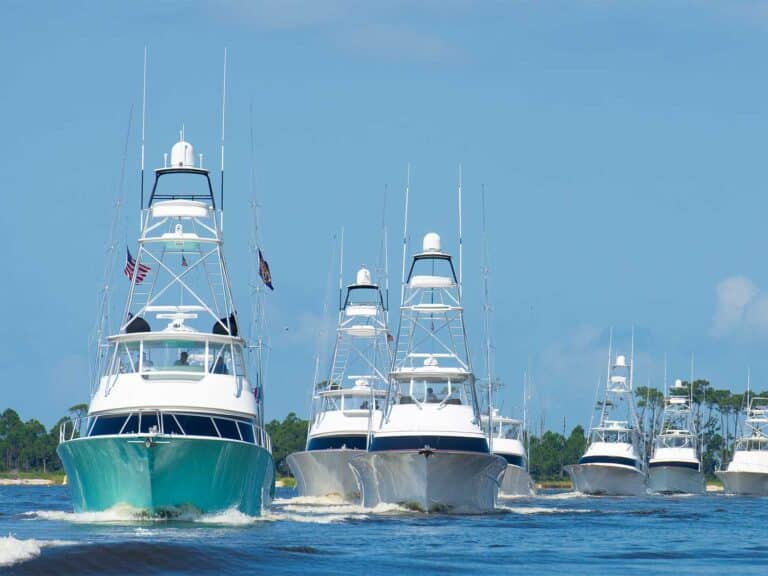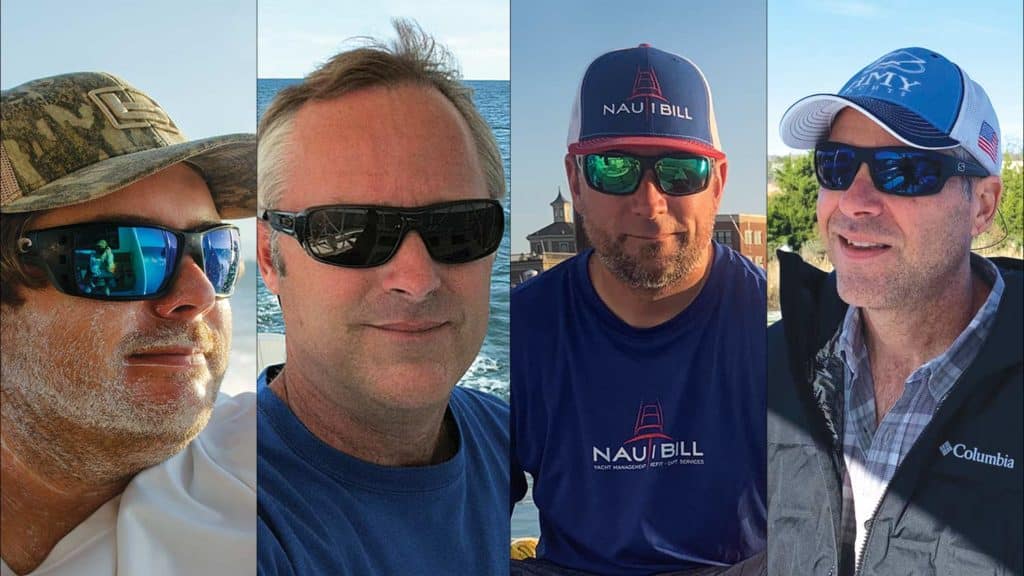
Capt. Phillip Fender, Mate, Game On, Charleston, South Carolina
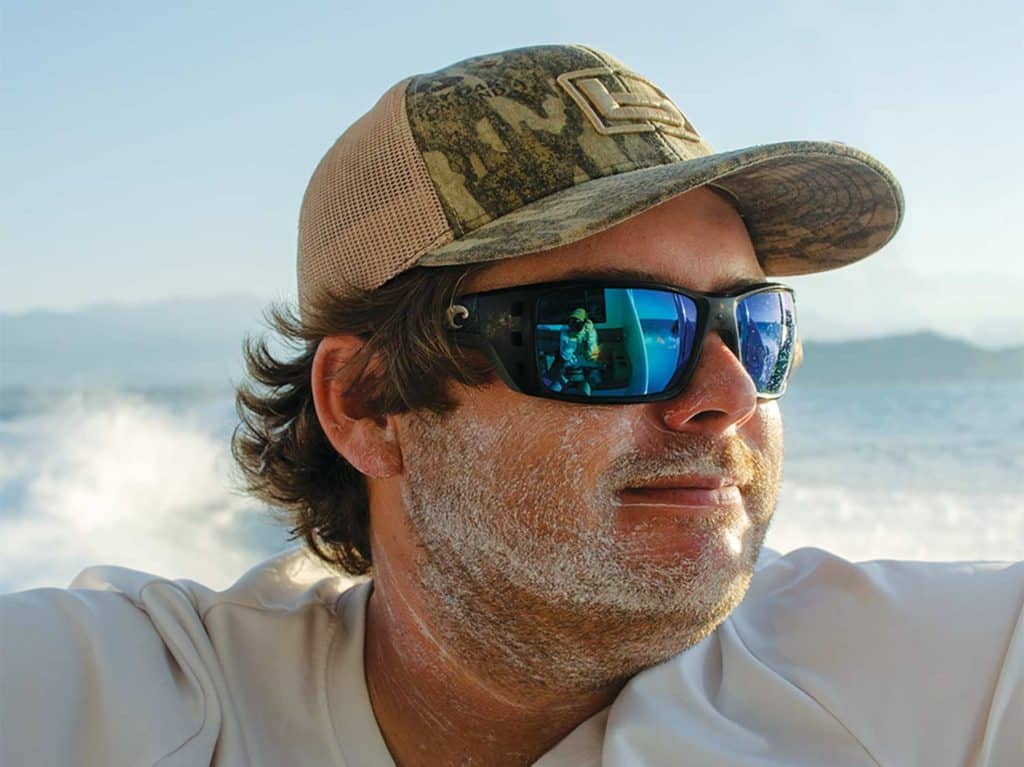
I haven’t been through every inlet along the East Coast, but I’ve run boats through quite a number of them. It’s important to point out that any inlet can be dangerous if you don’t do your homework and keep your eyes peeled. While some of the most dangerous three—Oregon, Jupiter and Ponce inlets—come to mind, it would be careless not to mention Hatteras Inlet. Not only is it shallow, but it also will definitely close out with a big southeast swell. It is one of those locations that won’t let you in or out, and it’s just risky enough that some don’t dare challenge it when the tide, swell and wind line up just right for disaster.
Capt. Todd Anderson, MADNIC, Palm Beach, Florida
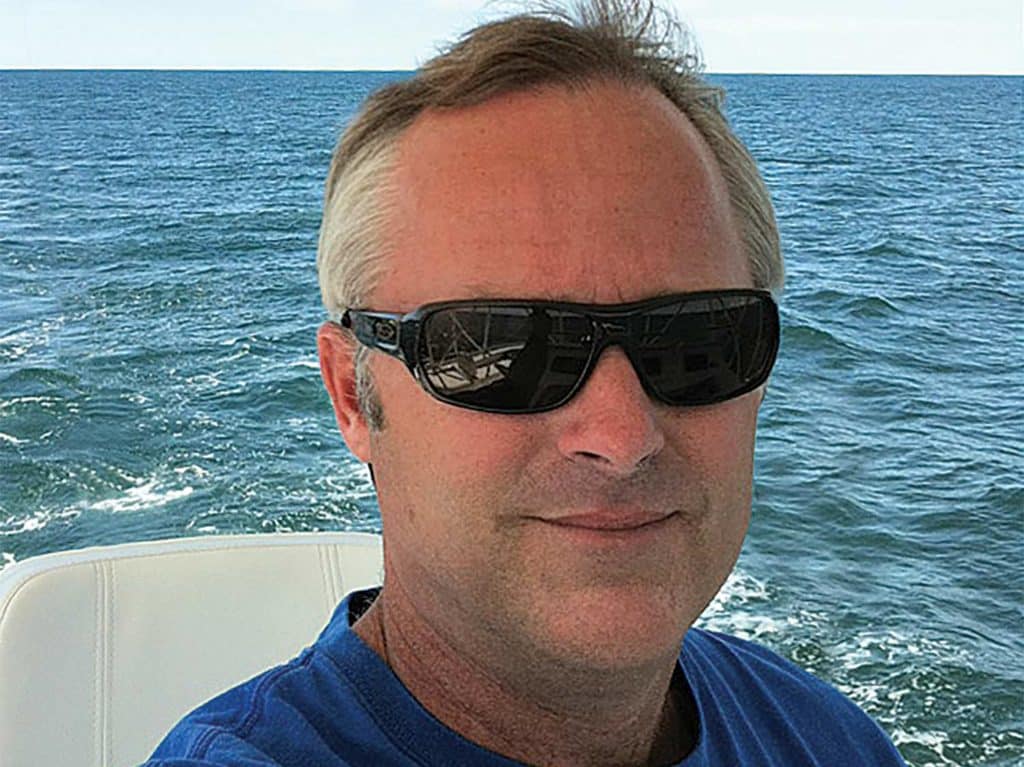
It’s always important to accommodate a safe inlet passage. Whenever planning to enter an inlet that I have not been through in a while, I call the local Sea Tow or BoatU.S. to get any status updates. Most inlets can be easy on a bright, calm day but turn sketchy on the bad ones. I like to use Daytona Beach, Florida’s Ponce Inlet on deliveries, but the conditions can change quickly, especially in any easterly wind and an outgoing tide. The main channel is deep, but on the south side, shoaling is prevalent as you approach the Intracoastal, so staying centered with the markers is vital.
Capt. Joe Ferrulle, President, NautiBill Yacht Management, West Palm Beach, Florida
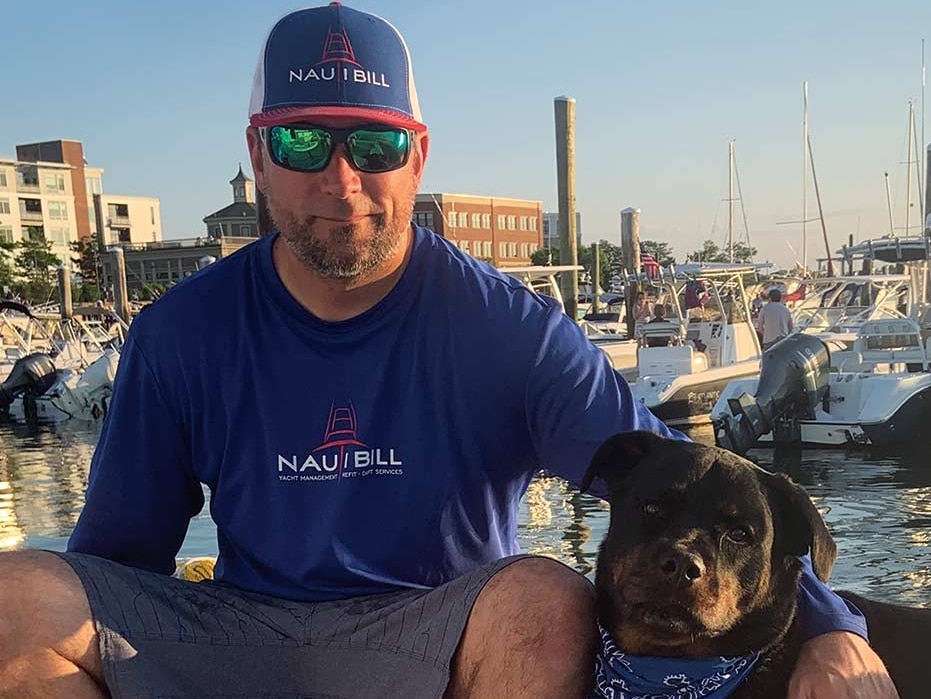
After running sportboats up and down the East Coast for many years, I must say that Florida’s Jupiter Inlet is at the top of the danger list. It is both short and narrow, with an extremely shallow approach, is lined by rock jetties on both sides, and comes complete with a ripping tide—in and out. The ever-shifting sandbar that sits directly in front of it makes it dicey, even in calm conditions. A hard northeast blow and an outgoing tide renders it impossible to navigate, and several vessels have met their demise trying to do so. On more than one occasion I’ve had to sit at the headpin in reverse in order to time the swell intervals just to make the safest approach.
Read Next: Learn to correctly rig a pitch bait.
Capt. Jon Zbyrowski, HMY Yachts, Charleston, South Carolina
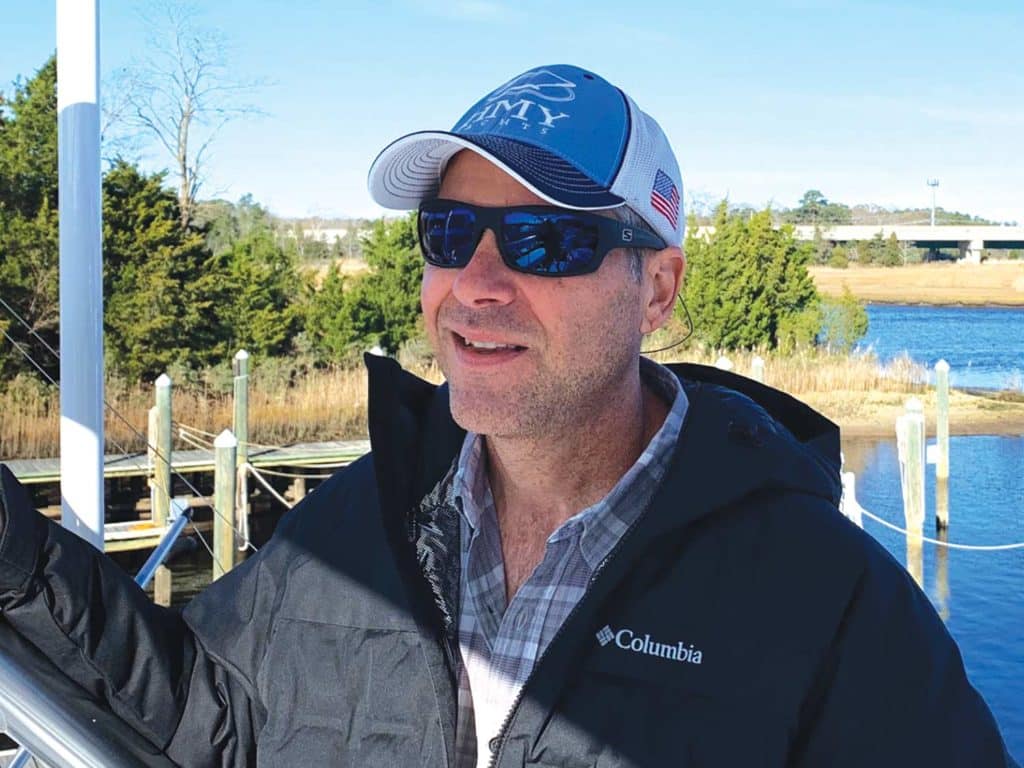
Oregon Inlet is one of two inlets formed by the September hurricane of 1846 on North Carolina’s Outer Banks, and it has been shifting unpredictably ever since. It is considered to be a dynamic inlet, drifting some 2 miles southward since the original breach. The US Army Corps of Engineers conducts monthly hydrographic surveys, but conditions are subject to rapid change due to constant shoaling. Limited dredging—costing millions annually—allows the Corps to maintain a 14-foot depth, but only 15 percent of the time. Because of this unpredictability and swift currents, I believe it’s the most dangerous.







